“If you want to get a sense of the number of potential connections between the cells in Harold’s brain, contemplate this: a mere 60 neurons are capable of making 10(to the 81st power) possible connections with each other. (That’s 1 with 81 zeroes after it.) The number of particles in the known universe is about one-tenth of this number.”
“…embody our experiences and in turn guide future action. They contain the unique way each of us carries himself in the world, the way we walk, talk, and react. They are the grooves down which our behavior flows. A brain is a record of a life. The networks of neural connections are the physical manifestation of your habits, personality, and predilections. You are the spiritual entity that emerges out of the material networks in your head.”
“Of course, Ms. Taylor wanted to impart knowledge, the sort of stuff that shows up on tests But within weeks, students forget 90 percent of the knowledge they learn in class anyway. The only point of being a teacher is to do more than impart facts; it’s to shape the way students perceive the world, to help a student absorb the rules of a discipline. The teachers who do that get remembered. She didn’t so much teach them as apprentice them…She forced them to make mistakes. The pain of getting things wrong and the effort required to overcome error creates an emotional experience that helps burn things into the mind. She tried to get students to interrogate their own unconscious opinions…She also forced them to work…She pushed. She was willing to be hated. Ms. Taylor’s goal was to turn her students into autodidacts. She hoped to give her students a taste of the emotional and sensual pleasure discovery brings – the jolt of pleasure you get when you work hard, suffer a bit, and then something clicks. She hoped her students would become addicted to this process. They would become, thanks to her, self-teachers for the rest of their days.”
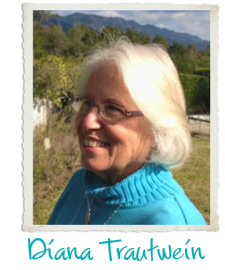
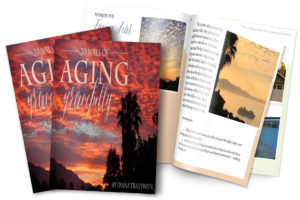
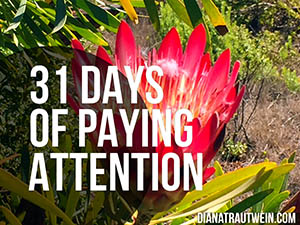

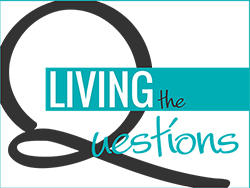



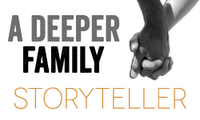

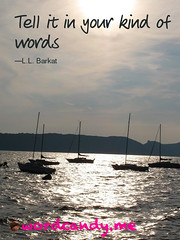









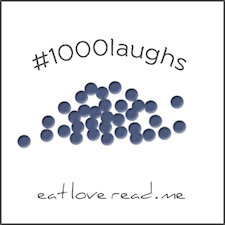
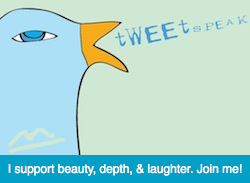
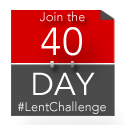

Bravo, Diana! You’ve written an insightful and inspirational piece here and I will forward it to numerous teachers in my family and other teachers I know. David Brooks’ book has been a topic of discussion in our home and I know we need to buy it. Thanks for the encouragement you have given us to do so.
Now I’m going to go read your piece again. It’s FULL of GREAT STUFF!
Linda
I add my voice to yours in saying thank you to Mr. B. What a difference these kind of teachers make in our lives. Sorry it’s taken me so long to get over here, Diana! I’ve had two birthdays in my house this week, and Lay Academy class this weekend. Behind on everything. But grateful. You’ve touched on some of the things I didn’t get to include in my essay–the paradigmatic thinking verses that mythic storytelling. Fascinating stuff, the way our minds work. And, like you, I am loving when Brooks waxes a bit mystical.
I’m so glad you are reading along, my friend.
Hey! I did go back and thank Mr. Bottaro in 1974, a decade after I graduated. He remembered us all and was so curious about the 60’s and those of us “involved” in them. He was glad to have a visitor and was truly gracious and welcoming. We talked for over an hour.
A couple of weeks later, I picked up two boys hitch hiking (it was the 70’s) near the high school. I asked them if they knew Mr. Bottaro and they told me he had died from a heart attack. It was one time I was so grateful to have followed my instinct and whim to go see someone.
Lynn – how did you find this post?? It’s nearly a year old. And you were in my brother’s class – Tom Gold. What was your name in high school? Same or different? I was so sorry I never made the effort to go back there and thank him because he truly was one in a million, that’s for sure. Thanks so much for stopping by and letting me know of your connection to him!
I was a senior in Mr. Bottaro’s class when he died in February 1975. It was horrible. We arrived at 2nd period English Lit and were told that he had died the night before of a heart attack. It had worked out that he was my English teacher every year at GHS. He was the best and most influential teacher I had throughout high school, college and graduate school. I had intended to check back with him throughout my continuing education and was very sad that I wasn’t able to do so.
Oh, Dianne! How hard that must have been. Thank you so much for finding this old post and commenting. I was really glad to read that it was possible to have him more than once – he was so worth it. When I was there, it wasn’. What brought you here??